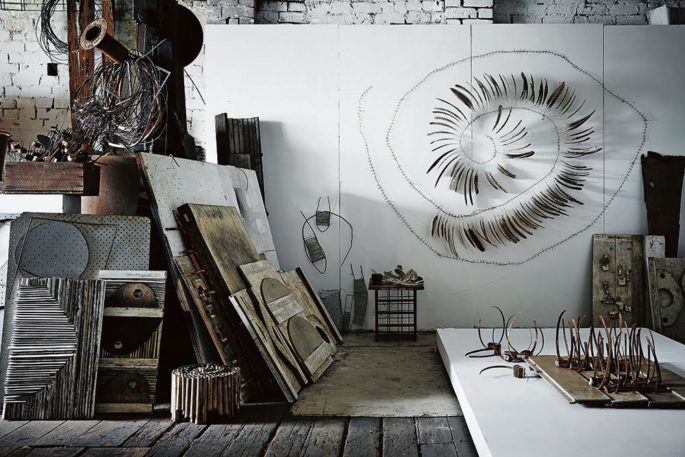Broadly, it’s flea markets, not shopping malls; aged wood, not swank floor coverings; one single sprig of rosemary, not a dozen red roses. Wabi-sabi understands the tender, raw beauty of an abandoned building or shed.
It celebrates cracks and crevices and rot and all the other marks that time and weather and use leave behind. To discover wabi-sabi is to see the singular beauty in something that may first look decrepit and ugly.

Bringing wabi-sabi into your life doesn’t require money, training, or special skills. It takes a mind quiet enough to appreciate muted beauty, courage not to fear bareness, willingness to accept things as they are – without ornamentation. It depends on the ability to shift the balance from appreciating rather than perfecting.

You might ignite your appreciation of wabi-sabi with a single item from the back of a closet: a chipped vase, a faded piece of cloth, a ragged old basket. Look deeply for the minute details that give it character; explore it with your hands. You don’t have to understand why you’re drawn to it, but you do have to accept it as it is.

Rough textures, minimally processed goods, natural materials, and subtle hues are all wabi-sabi. Consider the musty-oily scene that lingers around an ancient wooden bowl, the mystery behind a tarnished goblet.
This patina draws us with a power that the shine of the new doesn’t possess. Our universal longing for wisdom, for genuineness, for shared history manifests in these things.
A lovely book we highly recommend on the subject is Perfect Imperfect by Karen McCartney, stylist Glen Proebstel with photography by Sharyn Cairns.



